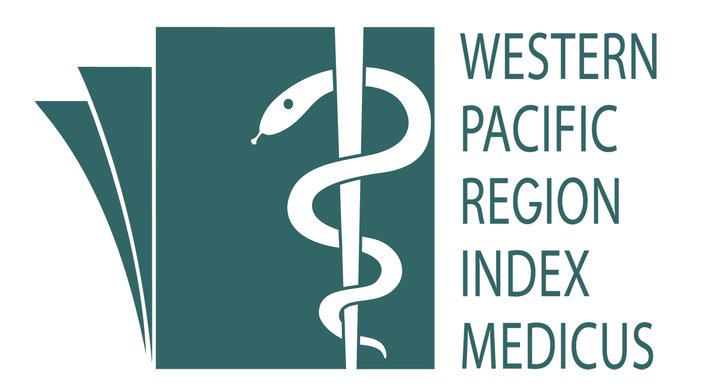Lower Cut off Point for Blood Lead and Risk of Myocardial Infarction at a Tertiary Hospital in Malaysia: A Case-Control Study
Abstract
Introduction. Lead (Pb) is one of the pollutants that can cause adverse effects on human health. Exposure to Pb has received much attention in the past decades due to its nearly persistent properties in the environment. Blood Pb measurement is the most convenient as well as most feasible to indicate toxicity exceeded the standard limit of 10 μg/dL. This study aimed to assess the association between blood Pb and myocardial infarction.
Methodology. This was a case-control study conducted at a tertiary hospital in Kuala Lumpur, Malaysia. This study enrolled about 109 respondents; 71 cases of myocardial infarction and 38 non-cases of myocardial infarction. Study instruments include questionnaires on demographic factors (age, gender, and ethnicity), socioeconomic factors (education, household income, occupation), and venous blood lead level. The blood Pb was measured using Inductively Coupled Plasma Mass Spectrometry (ICP-MS).
Result. The median (IQR) of blood Pb among the case group was higher compared to the control groups, 3.72 (0.04 – 96.09) μg/dL and 2.81 (0.73 – 6.23) μg/dL respectively. No difference between high (> 10 μg/dL) and normal ( <10 μg/dL) blood Pb with CVD. However, there was a significant association between high normal blood Pb concentration (≥ 5.00 µg/dL) and myocardial infarction (χ2 = 4.397; p = 0.036).
Conclusion. There is a relationship between lower blood Pb level and the occurrence of myocardial infarction. No difference was found between the blood Pb limit of 10 μg/dL and CVD. The findings of this study are very important and provide new information regarding the lower cut of point for blood Pb and outcome of CVD especially myocardial infarction.
Keywords: Blood lead, myocardial infarction, CVD Risk factors, lower cut off point
Downloads
Published
How to Cite
Issue
Section
License
IJPHR applies the Creative Commons Attribution (CC BY) license to articles and other works we publish. If you submit your paper for publication by IJPHR, you agree to have the CC BY license applied to your work. Under this Open Access license, you as the author agree that anyone can reuse your article in whole or part for any purpose, for free, even for commercial purposes. Anyone may copy, distribute, or reuse the content as long as the author and original source are properly cited. This facilitates freedom in re-use and also ensures that IJPHR content can be mined without barriers for the needs of research.






